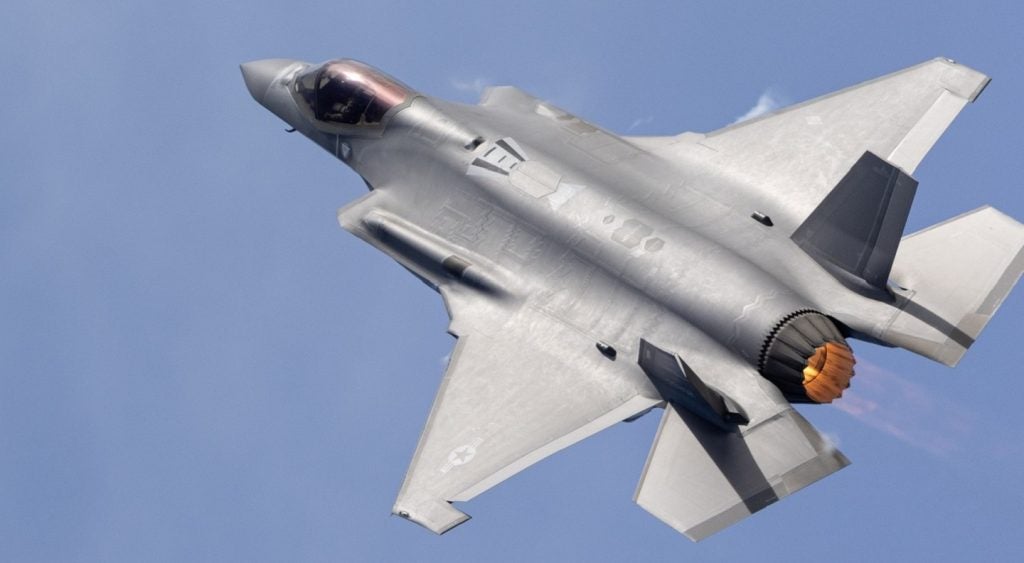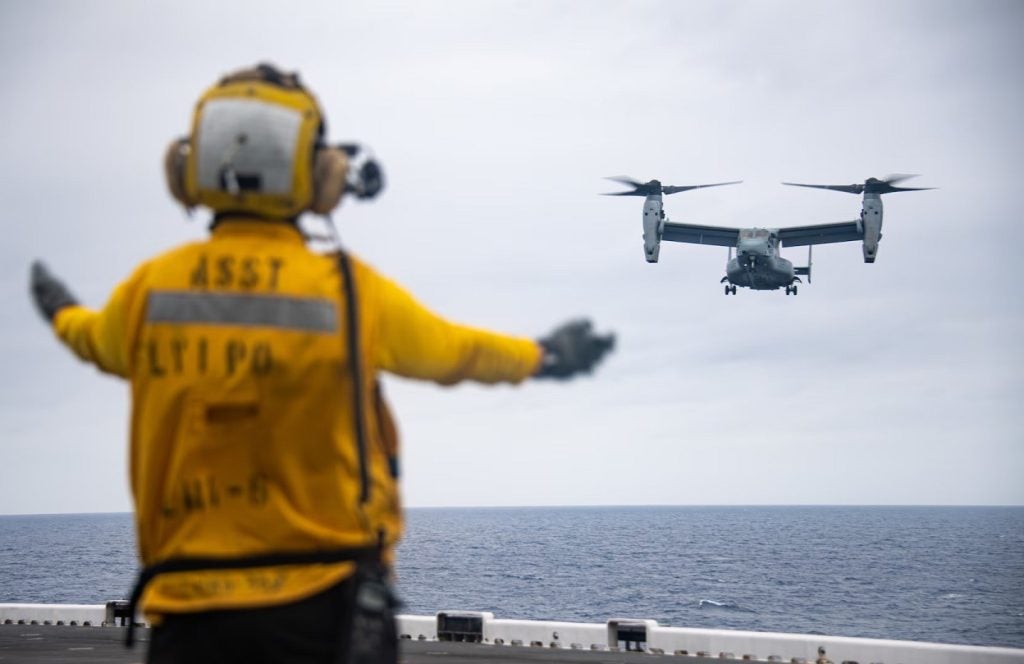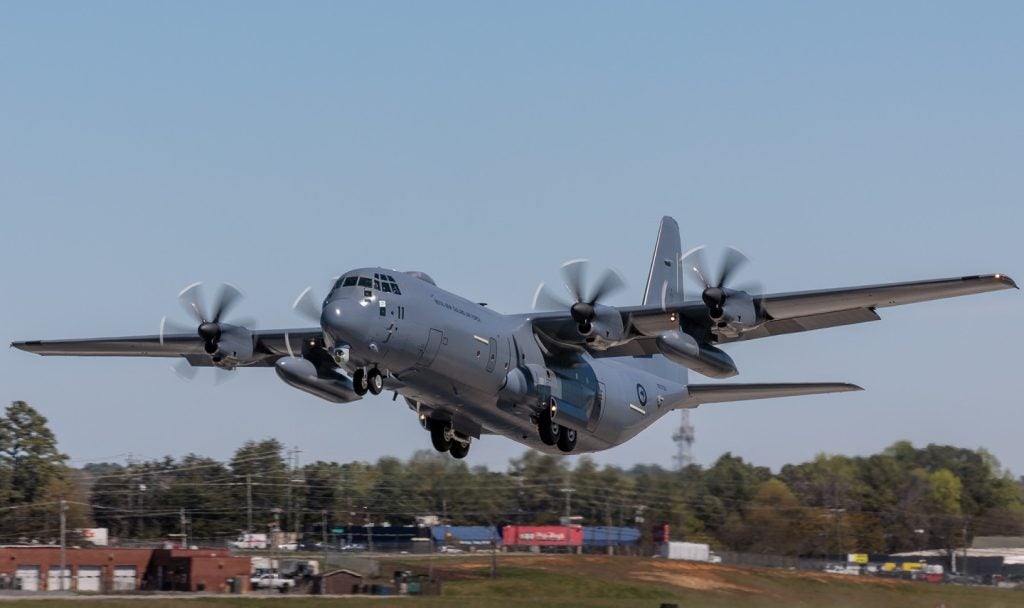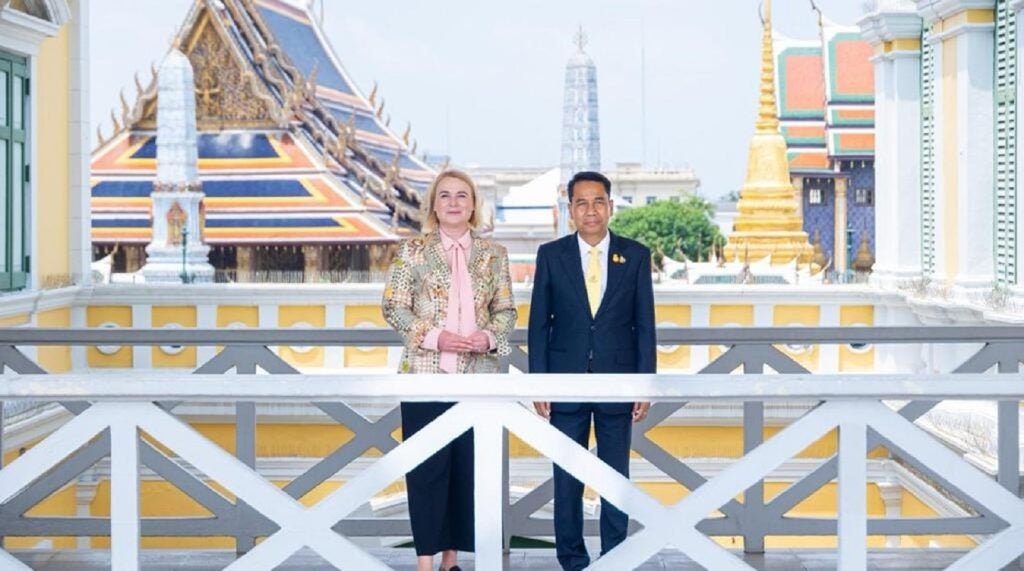
BAE Systems has successfully test flown the UK Royal Air Force’s (RAF) Tornado GR4 fighter aircraft for the first time with parts made using 3D printing technology.
Carried out at the company’s airfield in Warton, north-west England, the test flight used a 3D-printed protective cover for the cockpit radio, a protective guard in the landing gear and support struts on the air intake door.
BAE Systems Airframe Integration head Mike Murray said the companies are not fixed in terms of where the components have to be manufactured with 3D printing.
”You can manufacture the products at whatever base you want, providing you can get a machine there, which means you can also start to support other platforms such as ships and aircraft carriers,” Murray said.
"And if it’s feasible to get machines out on the front line, it also gives improved capability where we wouldn’t traditionally have any manufacturing support."
BAE is currently using the technology to design and manufacture parts for four squadrons of Tornado GR4 aircraft at RAF Marham in Norfolk, with some parts costing less than £100.
The technology is expected to reduce the RAF’s maintenance and service bill by more than £1.2m in the next four years.
The test flight follows the US space agency Nasa’s successful test of a 3D-printed rocket engine component in August 2013.
Image: 3D printed components have flown for the first time on-board Tornado fighter jets. Photo: courtesy of BAE Systems.








